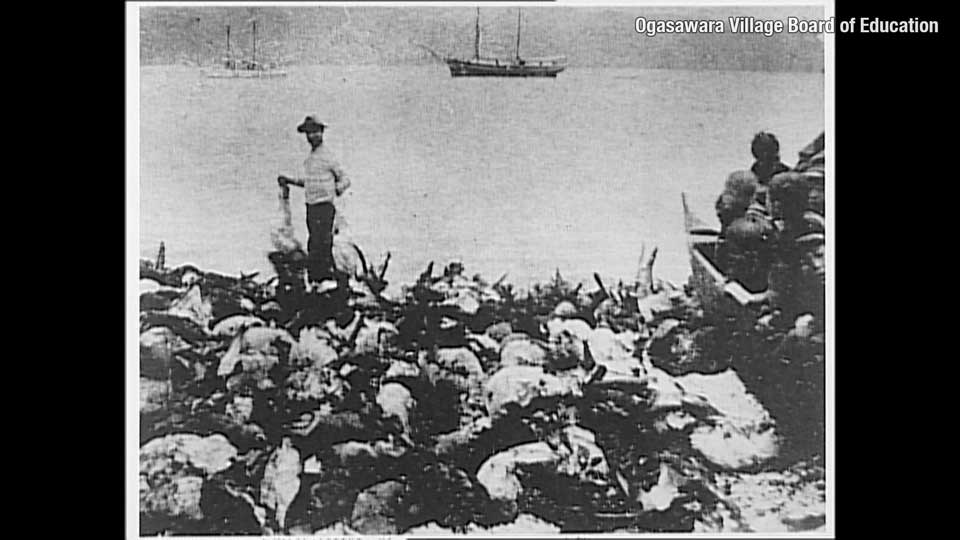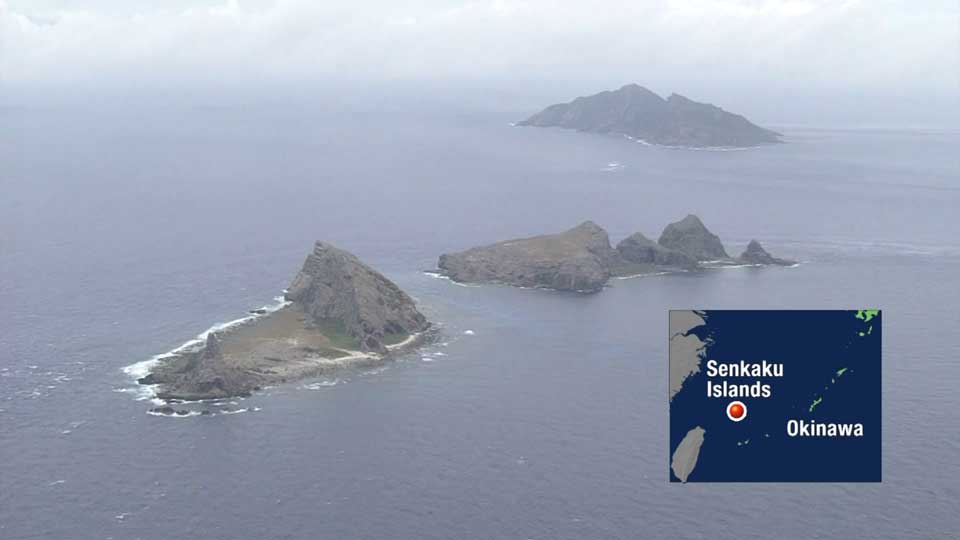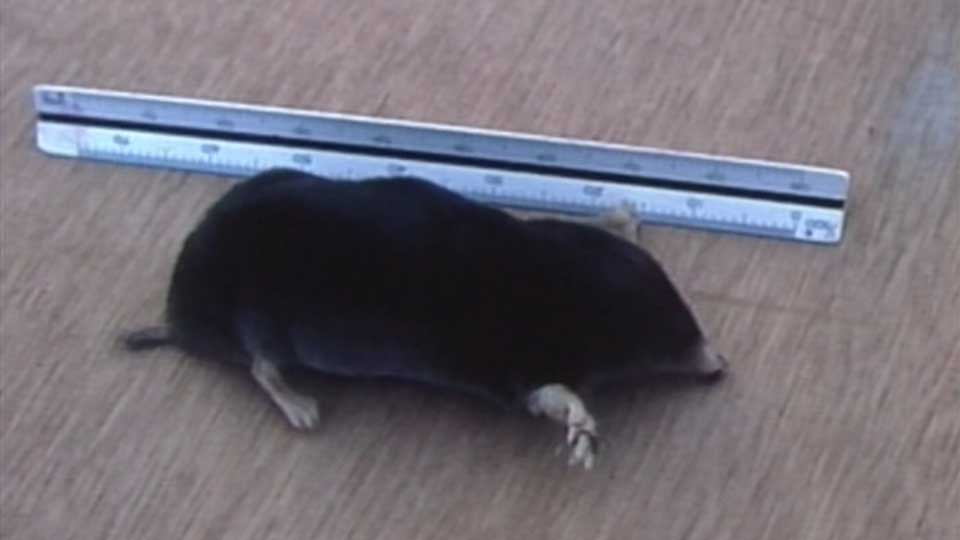The short-tailed albatross, with a wingspan of more than two meters, is one of the largest birds in Japan and a designated special national treasure. But the future of the species is in trouble. The bird once numbered in the millions but its feathers were prized commodities and it was hunted to the brink of extinction. Estimates put the current population at around 6,000. It mostly breeds on Torishima in the Izu island chain, south of Tokyo, and the Senkaku Islands in Okinawa.

Eda Masaki is a researcher with the Hokkaido University Museum who specializes in animal bones excavated at archaeological digs. Like the rest of the scientific community, he had assumed the two short-tailed albatross communities were of the same species. But he noticed something strange when he analyzed albatross bones at a 1,000-year-old site in Hokkaido. While some DNA samples matched with a specimen from Torishima, others did not. But when he tested the mystery samples with bones collected from the Senkaku Islands, this time there was a match. Eda was convinced that the birds from Torishima and the Senkakus were two distinct species.
Meanwhile, Sato Fumio, a research fellow at the Yamashina Institute for Ornithology, had come to the same conclusion. He has been studying the ecology of short-tailed albatrosses on Torishima for 30 years. Researchers have tagged all the albatross chicks hatched on the island with leg bands for identification. But occasionally, Sato would spot birds on the island that weren't marked. He theorized they were hatched on the Senkakus. And he noticed these birds had different physical characteristics from the ones from Torishima, including smaller bodies and thinner bills.
In November 2020, the German magazine "Endangered Species Research" published a paper by a team that included Eda and Sato. It concluded that there were two distinct species of short-tailed albatrosses. The paper also called for an onsite survey of the Senkakus to understand the birds' habitat. The Senkaku birds are believed to be far rarer than their Torishima counterparts. In 2013, the Environment Ministry estimated their number to be around 300.

But such a survey would run up against political complications. China claims sovereignty over the Senkakus and repeatedly sends government vessels into Japanese territorial waters surrounding the islands. Because of the tensions, there has been no onsite survey of the albatrosses since 2002.
Scientific interest in the Senkaku Islands goes beyond albatross studies. In 1979, Professor Emeritus Arai Shusei of Kyushu Dental University took part in a scientific survey there and discovered a new species of mole. Until then, it was not known that moles lived on the islands.
Arai wants to go back to see whether the moles are still there. He is worried that goats, introduced to the islands by humans, may have spread across the island, eating plants and destroying the moles' habitat. But he admits that the current political climate makes a visit extremely unlikely.

For now, the Environment Ministry is conducting a satellite survey of the albatrosses. But Sato says such a project will struggle to capture the necessary images, since the birds' nest at sites hidden halfway down cliffs, mostly out of the range of the satellites.
Eda says he wants all parties concerned to cooperate and work out a way for them to conduct their studies in a peaceful manner. "In order to protect the albatrosses on the Senkakus, onsite investigations are indispensable," he says.


